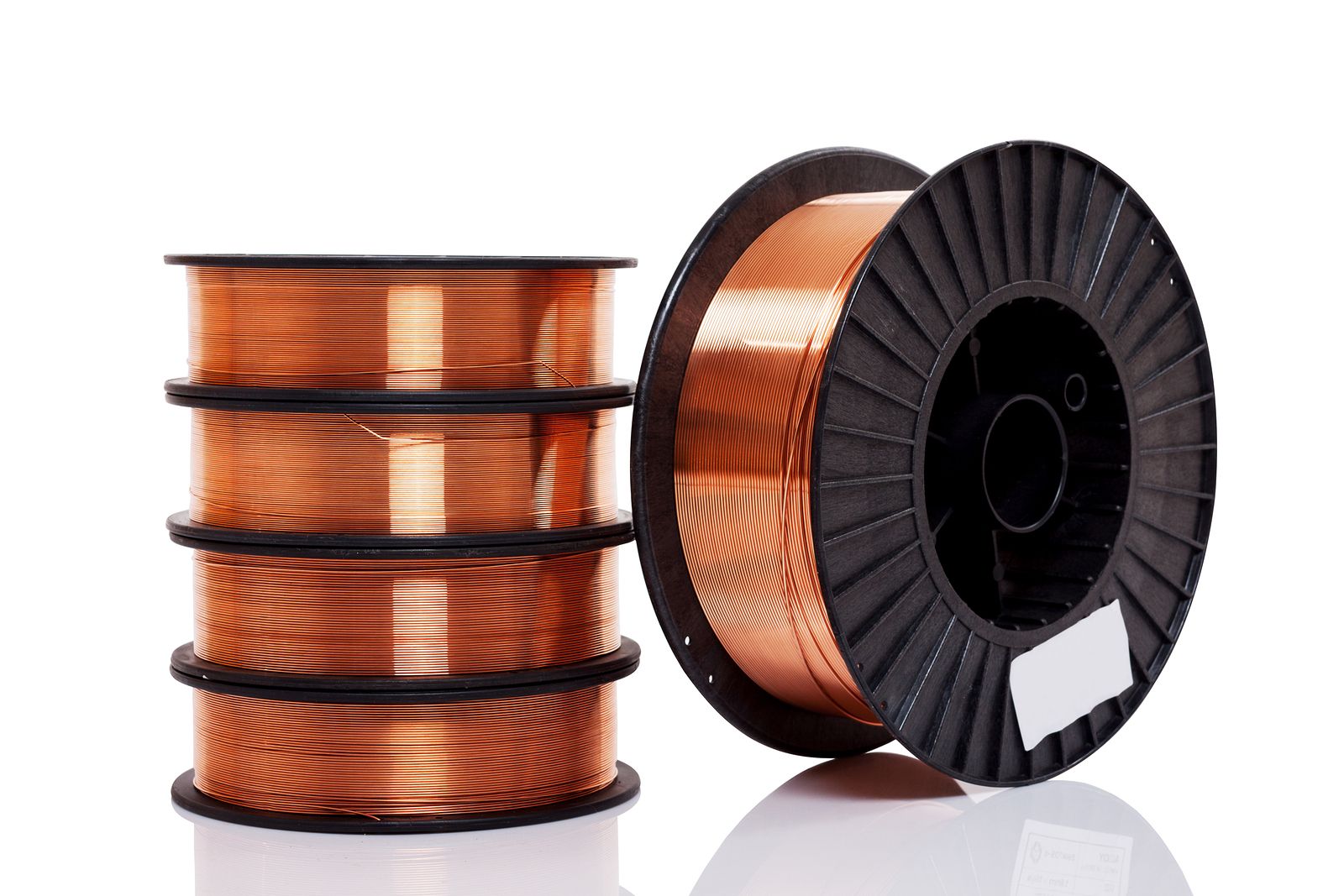Due to practicality and cost advantages, expensive cast and forged products are being replaced by sheet metal parts. The metal stamping die is a particularly excellent tool for creating high volumes of parts with consistent quality, dimensions, and appearance. At the same time, it can be shaped to copy antique handcrafted ornamental designs.
Different non-ferrous materials are used in making tools and dies as well as fixture designs. Alloys of bronze, brass, and beryllium among others are used to make these materials. Copper alloys are usually preferred by tool and die makers who are looking for resistance to corrosion and heat conductivity apart from low magnetization polarization and wear resistance.
Here’s what you need to know about the uses of bronze bars and bronze sheet metal in making spring alloys and plating materials.
Copper-Base Spring Alloys
Good springs are essential to a well-functioning die and one of the preferred materials are copper alloys. Though costlier than alloy steels and high-carbons, copper-base spring alloys have better resistance to corrosion and good electrical conductivity. Furthermore, they continue to function in below-zero temperatures.
Phosphor bronze is the most well-known copper alloy spring material because it conducts electricity and resists corrosion well as being cost efficient and hard wearing. Furthermore, phosphor improves the spring’s wear resistance and strength. Copper-base spring alloys are useful for electrical and marine products as well as in places with very low temperatures. Bushings, diaphragms, shafts and spring washers can be strengthened through alloys that include bronze sheet metal.
Plating Materials
Electroplating refers to coating materials in order to improve protection against oxidation, corrosion, and abrasion. Some coatings may also affect friction as well as create an aesthetic look. Numerous tool and die makers prefer plating materials made of bronze, gold, brass, and silver.
By mixing metals, manufacturers can better control corrosion and other forms of wear. Copper alloys with zinc and bronze have been used in the automotive, communication, and space travel industries where corrosion tends to be high. Presently, airline industries are testing the use of these alloys for better corrosion resistance in high pressures.
The quest for strong and corrosion-resistant tool and die sets as well as plating materials heightens as new automotive, communication, and space travel technologies exposed to high pressures or different temperature levels are being developed. Alloys using bronze sheet metal are some of the most popular because their characteristics match the aforementioned industrial needs. As a tool and die maker, being updated with how these alloys will be used for the next five or ten years can greatly improve your competitiveness.
Sources:
“Suchy’s Handbook of Die Design,” staff.uny.ac.id/


